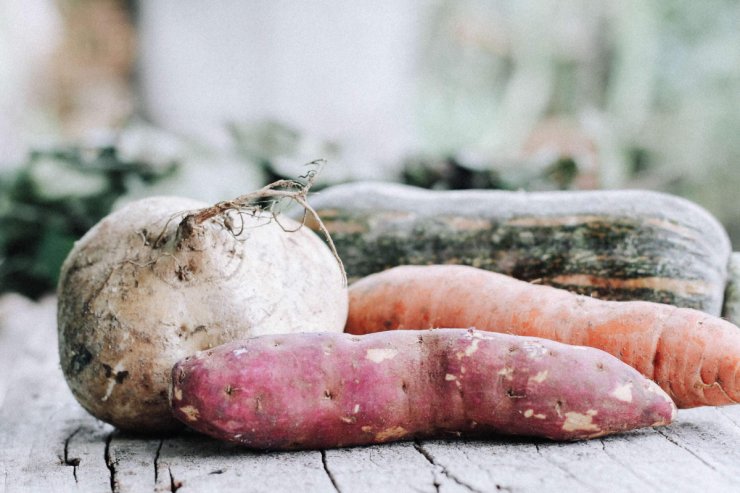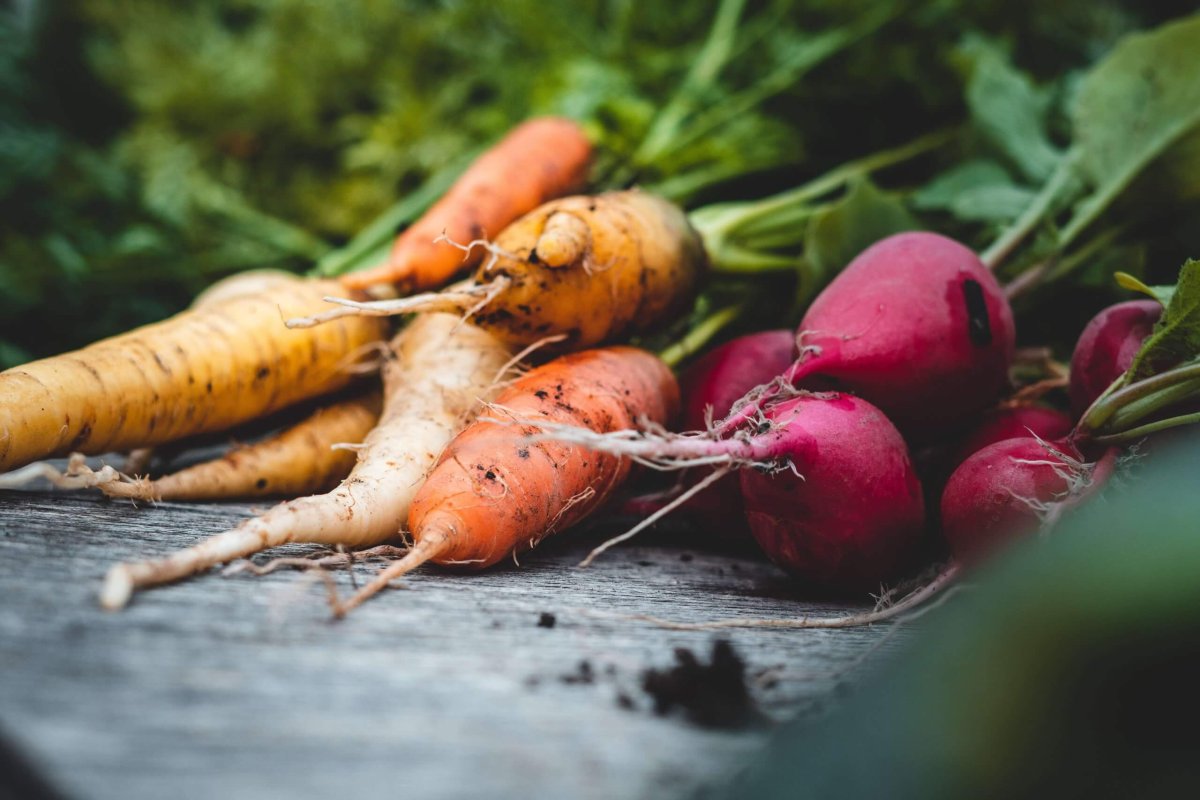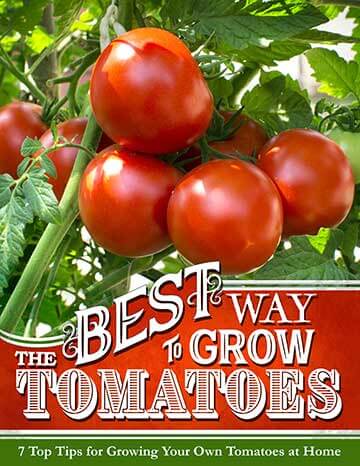
There’s a true joy in going to the garden and picking some ripe eggplant, tomatoes, and herbs for a late summer dinner. I love walking friends through my garden in the spring and handing them a ripe zucchini or two. Since I live in New England, though, there’s no chance I’m going to step outside in the middle of winter and pick cucumbers or beans right from the vine. However, I can enjoy a variety of homegrown root cellar vegetables and fruits any time I want.
Garden produce like those tomatoes and zucchini aren’t meant to last. Those veggies are all about enjoying the moment (unless you’re planning to can tomatoes or tomato sauce). The same is true for fruits like strawberries and peaches. Outside of canning, you only have a few days to enjoy them before they go bad.
Not all vegetables are so delicate, though! Root cellar vegetables and fruits can last for months under the right conditions. Butternut squashes, onions, potatoes, and pears are only a small sampling of the fruits and vegetables that will be happy to hang out in a cool, dark space for a while.
Discover 7 top tips for growing, harvesting, and enjoying tomatoes from your home garden—when you access the FREE guide The Best Way to Grow Tomatoes, right now!

A word about root cellars
Traditional root cellars are dug into the ground to provide a dark and somewhat temperature-controlled space to store vegetables over the winter months. Because they are underground and fairly rudimentary (often with earthen walls), they maintain high levels of humidity, and cool but above-freezing temperatures (generally between 32 degrees and 40 degrees Fahrenheit).
These are the perfect conditions for root cellar vegetables, as most need a dark, cool, humid space to remain fresh.
Not everyone has root cellars, but you can reproduce those conditions, at least to some degree. If you have a basement, you can construct a simple DIY root cellar or even try to find a cool, damp, dark section where you can store your root cellar vegetables and fruits.
Another option is to use a bin in a pantry or a cupboard. Some people even set up a spare closet to act as a root cellar, especially in older homes with minimal insulation and closets with an exterior wall.
Here are a few storage options:
- Peaceful Classics Potato Storage Wood Box
- Gardeners Supply Company Fruits & Vegetables Root Storage Bin
- Work-It! Collapsible Milk Crates
These root cellar vegetables and fruits are built to last
Once you have your root cellar figured out, here are some long-lasting root cellar vegetables and fruits you can keep there. It’s worth noting, too, that not all root cellar vegetables need high humidity levels or cold conditions. Some appreciate drier air and temperatures in the 50-degree Fahrenheit range, while others, like potatoes, enjoy humid air and those “warmer” 50-degree temperatures.
1. Apples: Depending on the variety, from two to seven months in cool, humid conditions. For example, Macintosh and Golden Delicious will keep for two to three months, while Granny Smith can stay fresh for up to seven months.
2. Beets: About five months, but up to 10 months in a cool, humid environment if they’re properly cured.
3. Cabbage: Up to 6 months in a cool, humid space. As a side note, cabbage is not a great neighbor for other root cellar vegetables, as the odor is strong, and the cabbage flavor can taint other fruits and vegetables. It’s best to store cabbage in its own space.
4. Carrots: Up to six months in a cool, humid space. However, you can leave carrots in your garden until the ground is too frozen to pull them.
5. Celeriac: Up to four months in cool, humid conditions.
6. Garlic: Up to eight months in cool, dry conditions.
7. Onions: Up to nine months in cool, dry conditions.
8. Parsnips: Up to six months in cool, humid conditions.
9. Pears: Between one and three months in cool, humid conditions.
10. Potatoes: About six months, but up to nine months in warmer, humid conditions, as long as they are properly cured.
11. Pumpkins: About six months in a warm, dry environment.
12. Rutabagas: Up to six months in a cool, humid space.
13. Sweet Potatoes: Up to nine months in warm, humid conditions.
14. Turnips: Up to five months in a cool, humid environment.
15. Winter Squash: Generally, up to three months in a warm, dry space. However, with proper curing and storage, some varieties can last much longer.
- Acorn squash: Four to six weeks
- Butternut varieties: Three to four months
- Delicata squash: Two months
- Hubbard squash: Six months
For more specifics on vegetable storage, be sure to check out How to Store Potatoes for the Winter and Are You Storing Onions the Wrong Way? Learn How to Store Every Variety for some tips.
Do you have any favorite root cellar vegetables or fruits to add to the list? I’d love to read about them in the comments.
Note: Food Gardening Network contains links to affiliate websites, including Amazon and Rakuten Affiliate Network, and we may receive a commission for any eligible purchases made by you through links on this page. Any reviews are based on honest reviews of the products.
Discover 7 top tips for growing, harvesting, and enjoying tomatoes from your home garden—when you access the FREE guide The Best Way to Grow Tomatoes, right now!




